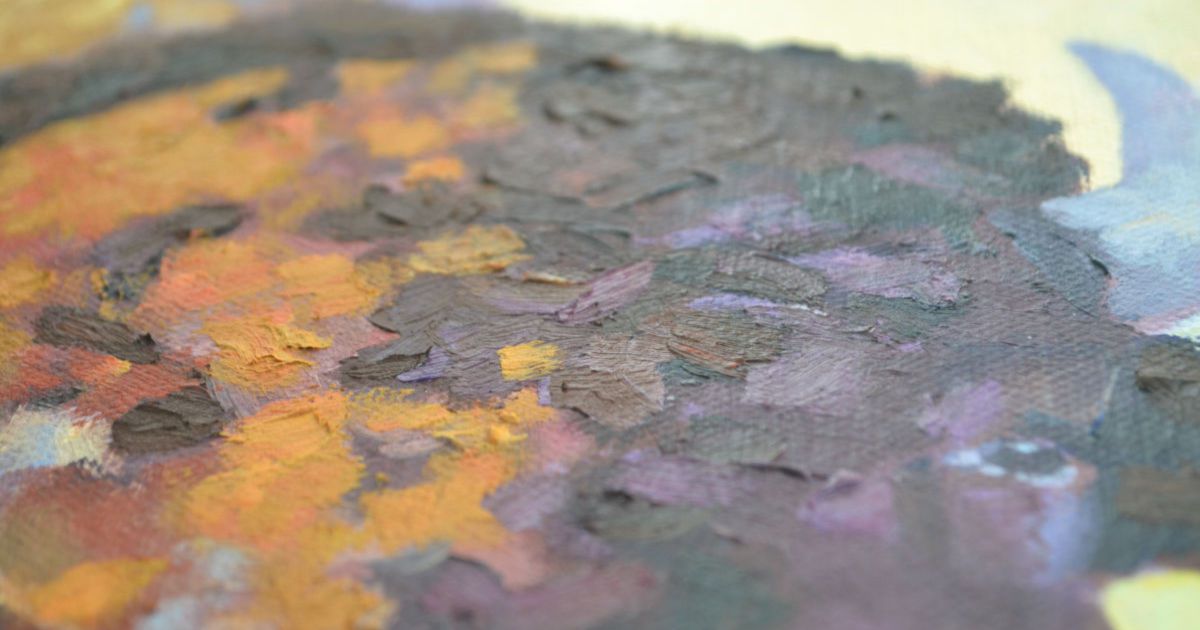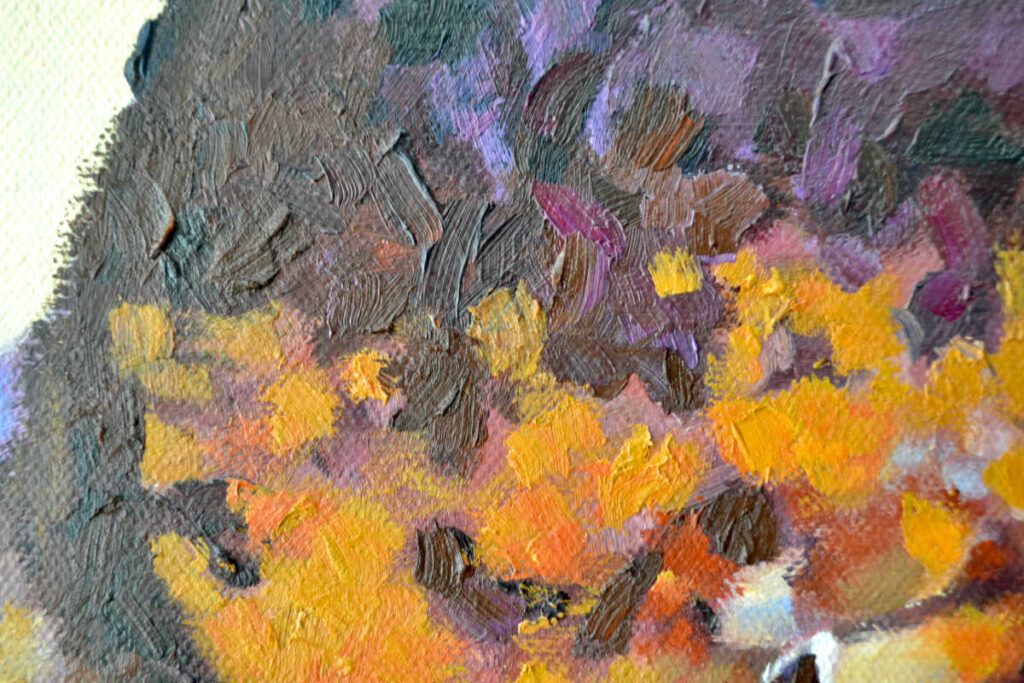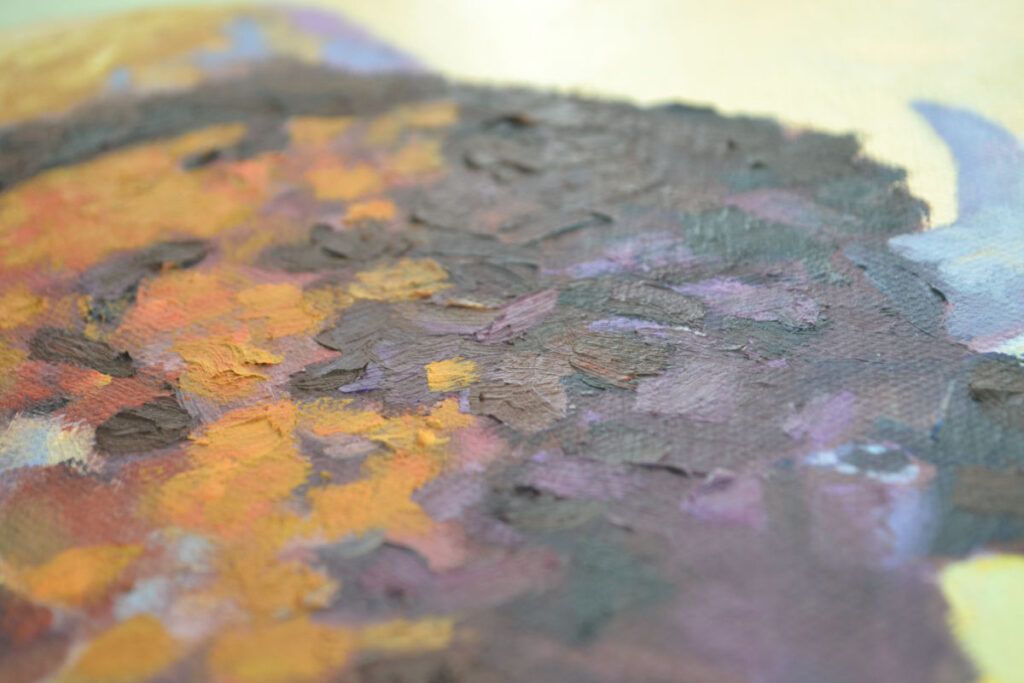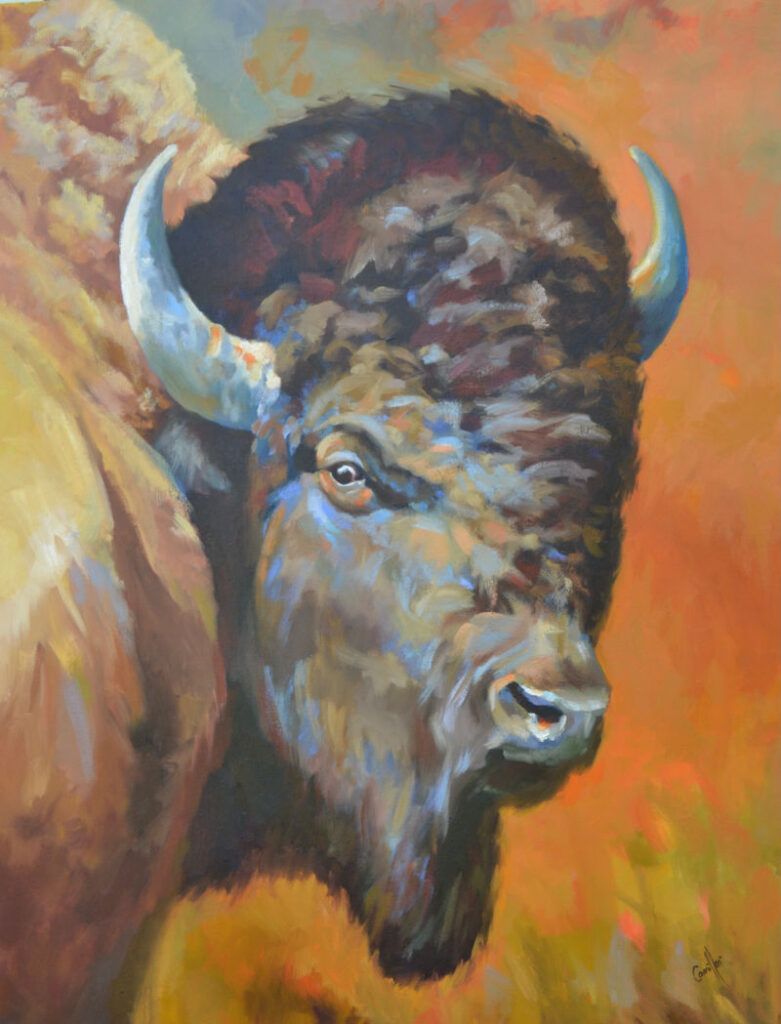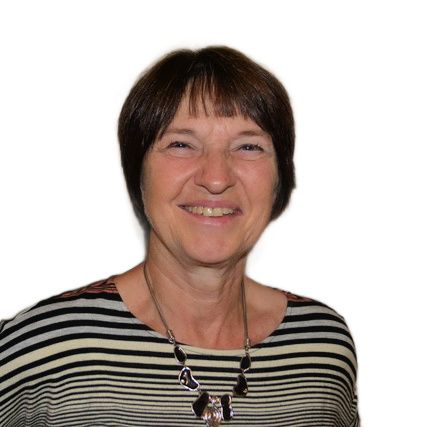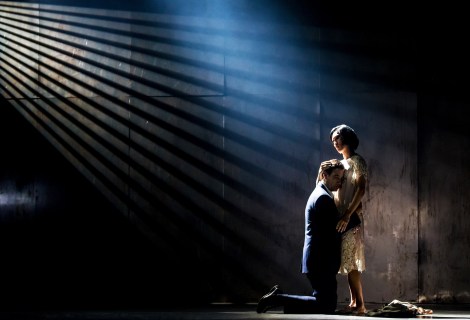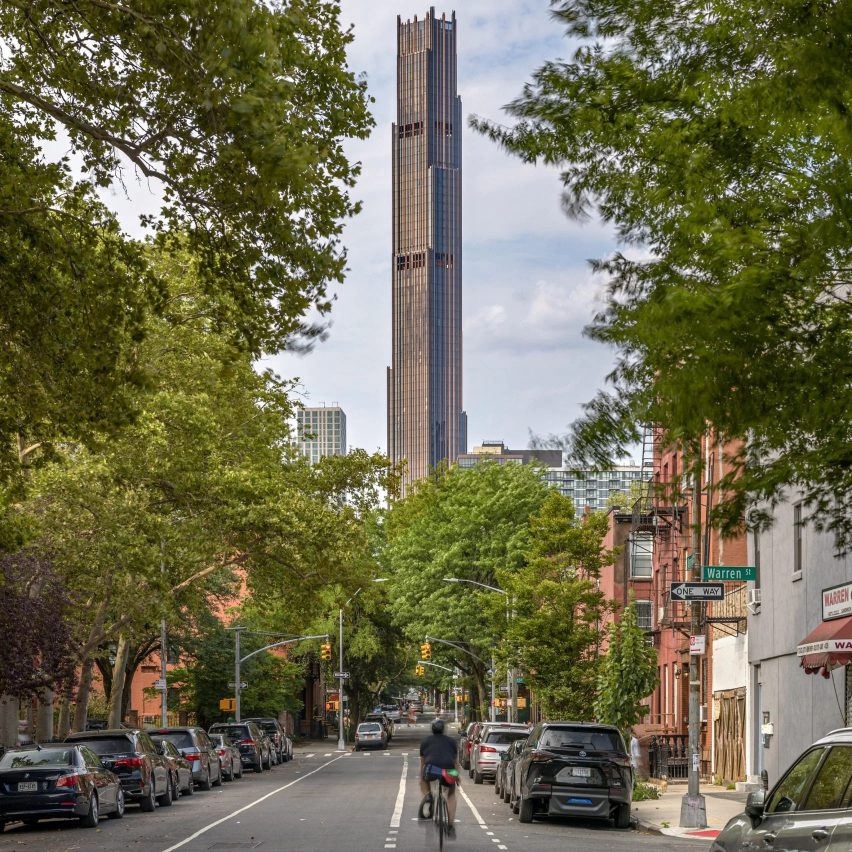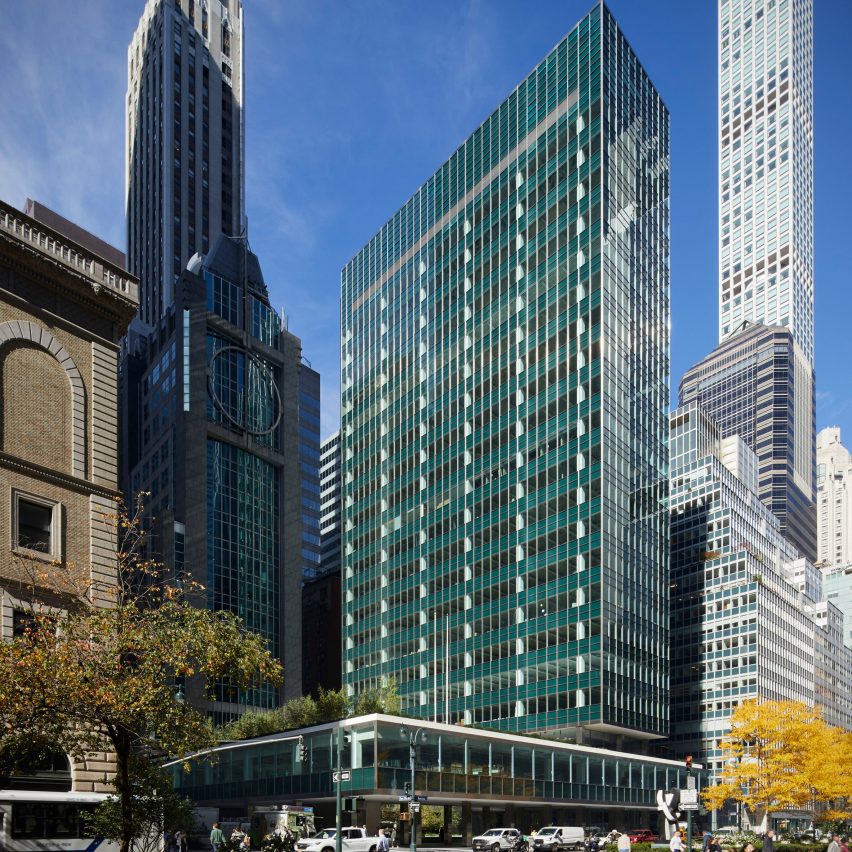Holiday Magic Is Made By Women. And It’s Killing Us.
[ad_1]
I have yet to send out my Christmas cards this year, but the various steps necessary to complete this task have been weaving through my mind for months. I booked a session with a photographer at the end of August. I picked out and shopped for outfits for the entire family in October. In November, the actual photoshoot took place, but not before a flurry of back-and-forth emails deciding on time and place while factoring in the weather.
The photos will be in soon. Perhaps there will be a clear winner, but the most likely scenario is that I will spend hours deciding which child’s “weird face” picture is the most palatable to send to grandparents. They can never just smile, no matter how much coaxing and bribing is involved. Then I will spend time carefully picking out the right photo card and figuring out just the right holiday message before ordering. I’ll have to check my address book, contact a handful of people for updates, decide who is getting a card, order stamps, hand-write addresses until I have carpal tunnel and lick envelopes until my tongue is swollen.
Of course, I could forgo this emotional labor and take the cards off my list entirely. It would free up a little mental space in an already hectic time, but it would also come with the consequence of disappointed relatives. I know because I actually did skip the holiday cards one year. My elderly aunt was heartbroken not to receive one. My husband’s grandparents were left without a set of great-grandchildren pictures to hang on the mantle. I had failed not only in the emotional labor of orchestrating the Christmas card, but also in considering the expectations and feelings of others.
“Women already perform the bulk of emotional labor ... but during the holidays, this work ramps up.”
Women already perform the bulk of emotional labor ― the psychological phenomenon of unpaid, often unnoticed labor that goes into keeping everyone around you comfortable and happy. But during the holidays, this work ramps up. There are more mental lists to juggle, more commitments on the calendar to keep track of, more tasks to delegate. There is more pressure to make things magical for those around you. It takes a lot of unseen and underappreciated effort to keep everything humming along smoothly.
Melody Wilding, a licensed social worker and coach who helps clients overcome challenges like emotional labor, says that a tendency to put too much on our plates and let self-care slip is often par for the course during the holidays.
“Putting pressure on yourself to have or create the ‘perfect holiday’ can send your stress skyrocketing, and overcommitment can quickly lead to exhaustion and burnout,” she told HuffPost.
How to manage the stress of emotional labor this time of year
I certainly try to keep self-care in mind during the holidays, usually taking on a yoga routine and drinking lots of decaf green tea to combat the stress. But the overwhelm still gets me. While it’s up to my husband to put up the lights and trim the tree, the vast majority of the holiday planning falls to me.
It’s me who puts the parties and potluck dishes on the calendar, keeps track of the winter coat drive, plans the get-togethers with both sides of the family, expends the mental energy of figuring out gifts for everyone. It’s exhausting, and seems unending (at least until after the new year rolls in). Normally this level of productivity would make me feel like a rockstar, but during this time of year, it simply feels like I’m falling short.
Experts say that this type of intense pressure can lead to perfectionism ― and in its most extreme form, perfectionism can be associated with mental health issues. Research has linked perfectionism with anxiety, depression and even thoughts of self-harm.
“Question the voice of your inner critic that says you’re not good enough.”
- Melody Wilding, licensed therapist
I’m not one to strive for perfection, but during the holidays it’s so easy to point out those spots where it would be feasible for me to do more. We could go chop down our own Christmas tree, but I’ve never actually gone ahead and planned a trip. I could learn to use my sewing machine and make a festive table runner and napkins. I could make a beautiful gingerbread house from scratch if I really tried hard. I find myself thinking I’m probably doing enough, but I feel like I could be doing more.
Wilding says a solution to that irrational feeling might be stepping slowly away from Instagram. It’s advice that makes sense: Studies show excessive social media use is linked with increased feelings of loneliness, anxiety and depressive symptoms.
“Social media makes it seem like everyone else’s life is perfect and enchanted ... except yours,” she said.
Wilding recommends taking the time you’d otherwise spend surfing Facebook and use it for more restorative activities (so probably not baking gingerbread houses from scratch, unless you’re really, truly into that sort of thing). There is plenty of emotional labor to be done without seeking out more. It may be best to reevaluate what you do, drop some commitments and choose to only do the emotional labor that you genuinely value.
“Question the voice of your inner critic that says you’re not good enough,” Wilding said.
That voice is usually wrong, Wilding stressed. So when it crops up, head in the opposite direction.
“Don’t be afraid to drop a ball, or two,” Wilding said. “You’ll discover the world won’t end, and in fact, will encourage other people to start picking up their share of responsibility.”
This article originally appeared in November 2017.
[ad_2]
Source link










